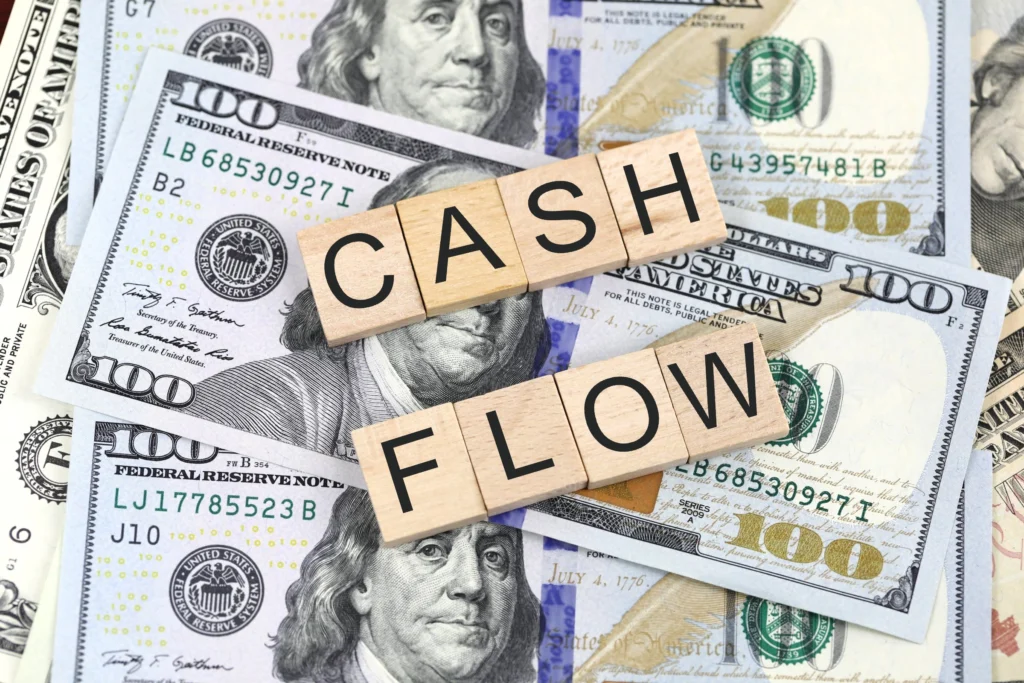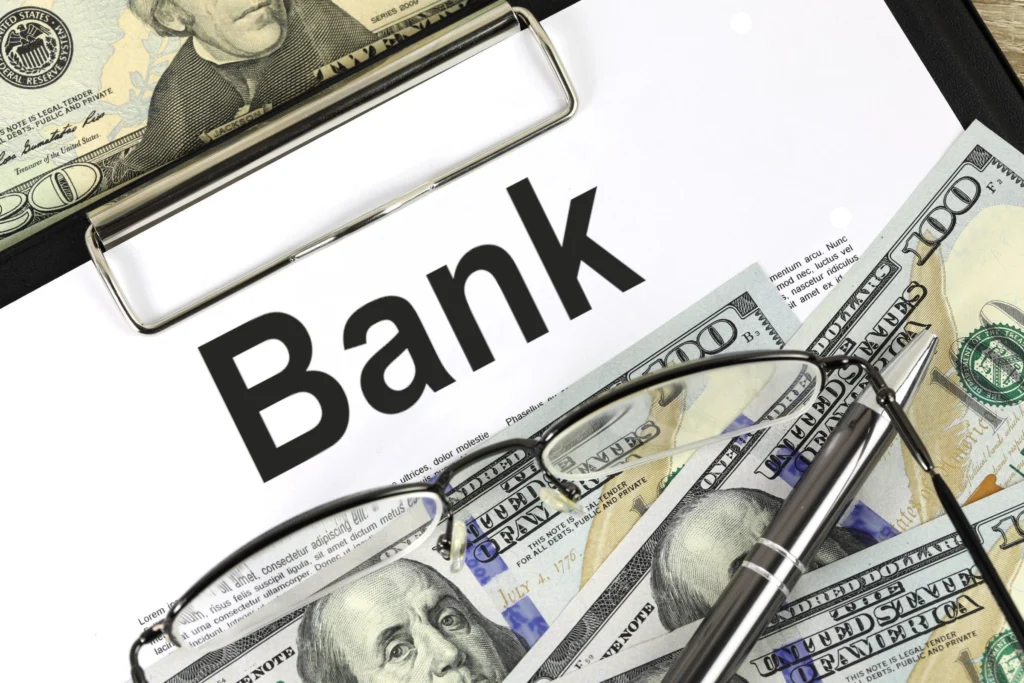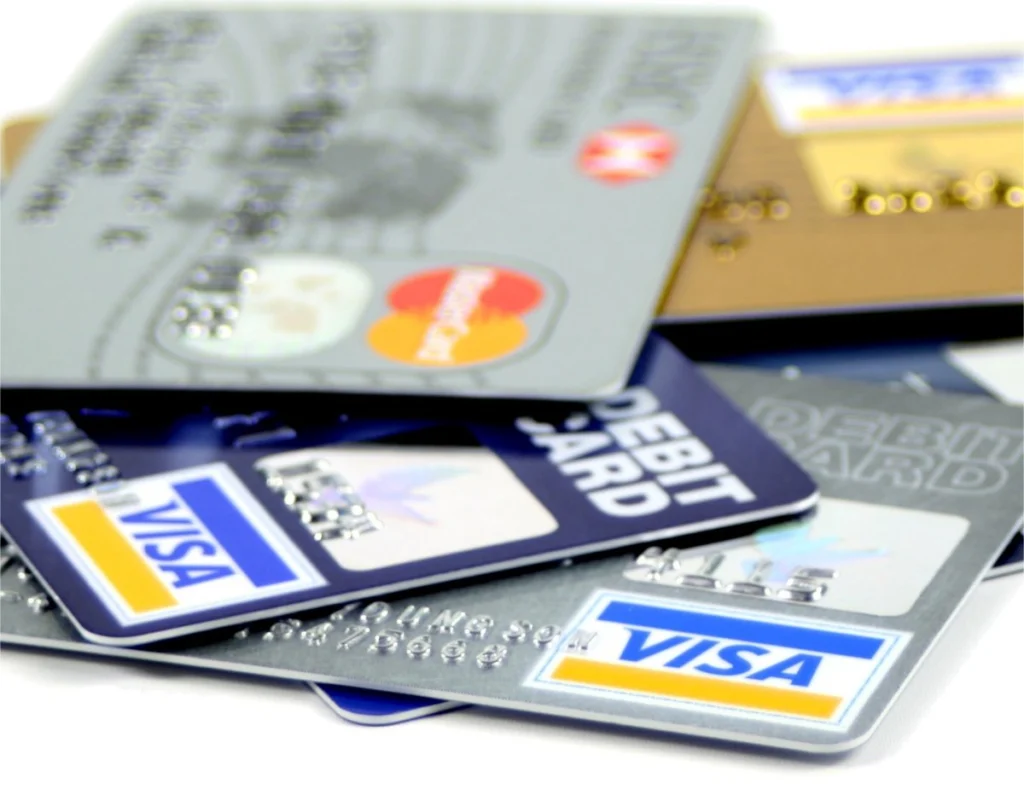We provide expert tips and strategies for making money online,
Banks are essential institutions in any economy, serving as a bridge between individuals, businesses, and financial markets. How do banks make money? This question has intrigued many who are curious about the profitability and operational strategies behind these financial giants. To truly understand how banks make money, we need to dive deep into their core business functions, services, and revenue-generating mechanisms.
1. Interest on Loans
One of the primary ways banks make money is through the interest they charge on loans. When individuals or businesses borrow money, whether it’s for a home mortgage, a car loan, or business expansion, they agree to repay the loan amount plus interest. This interest is a significant source of revenue for banks. For instance, a bank might offer a 4% interest rate on a mortgage, while only giving 1% interest on savings accounts. The difference between what the bank charges borrowers and what it pays depositors is called the net interest margin, and it’s crucial to how banks make money.

2. Fees and Charges
Another significant revenue stream for banks comes from various fees. These include ATM fees, overdraft fees, account maintenance fees, and foreign transaction fees. These fees may seem small individually, but they add up quickly when applied to millions of customers. By charging for these services, banks ensure they have a steady stream of income aside from interest on loans.

3. Investment Income
Many banks invest a portion of their deposits in financial markets. This can include investments in bonds, stocks, real estate, or other assets. The income they generate from these investments contributes to how banks make money. Investment activities are usually managed by a bank’s wealth management or investment arm, where profits are generated from dividends, capital gains, and interest on securities.
4. Interchange Fees on Credit and Debit Card Transactions
When customers use their credit or debit cards, banks earn money through interchange fees. These fees are paid by merchants every time a card is swiped for a purchase. While this fee may seem minimal per transaction, the volume of transactions banks process daily makes this a lucrative source of income.

5. Wealth Management and Advisory Services
Banks also make money through wealth management services. These services are aimed at high-net-worth individuals or businesses seeking financial advice, investment management, and tax planning. For providing these services, banks charge advisory fees, transaction fees, and performance-based fees, depending on the services provided.
6. Trading and Brokerage Services
Some banks, especially larger ones, are involved in trading on behalf of clients or themselves. They offer brokerage services, allowing clients to buy and sell stocks, bonds, or other securities. Banks often charge commissions on these trades, contributing to their overall profit. Proprietary trading, where banks trade using their own funds, is another way banks make money. Profits from successful trades boost the bank’s bottom line.
7. Currency Exchange and International Transactions
When people or businesses exchange currencies for international transactions, banks charge a small markup on the exchange rate. This is especially common in global trade, where banks facilitate currency conversion and transfers between countries. This markup, though small, becomes significant with the large volumes of currency traded daily.
Conclusion
In conclusion, how do banks make money? Banks employ a variety of methods, from charging interest on loans to collecting fees for services, investing in financial markets, and facilitating international trade. These diverse revenue streams ensure banks remain profitable, sustainable, and pivotal in the global financial system. Understanding how banks make money helps consumers appreciate the full range of services banks provide and the costs associated with those services.





[…] Pricing Your Money Bouquets […]